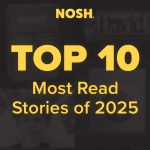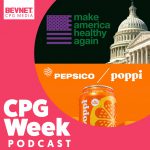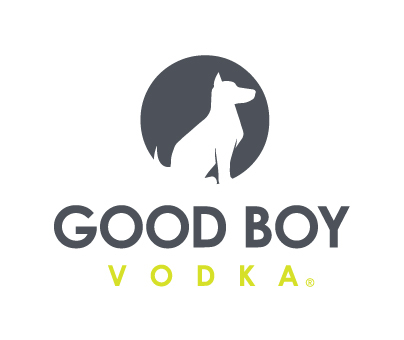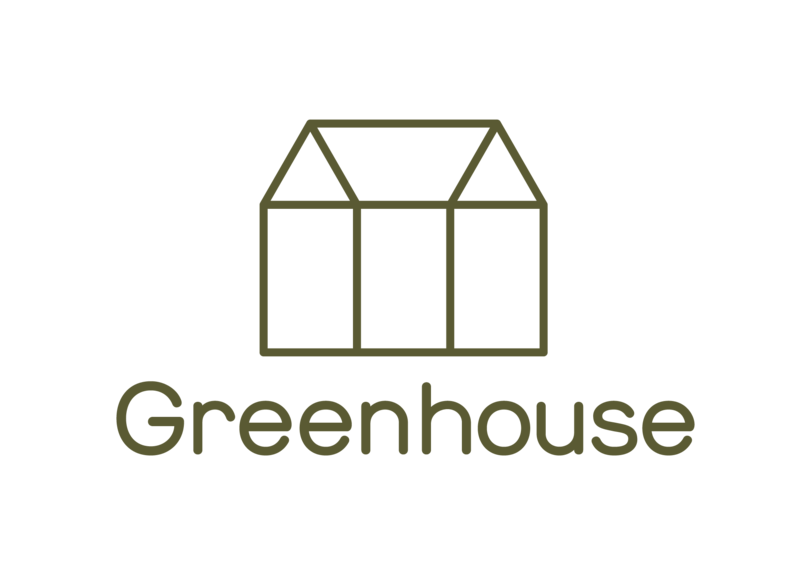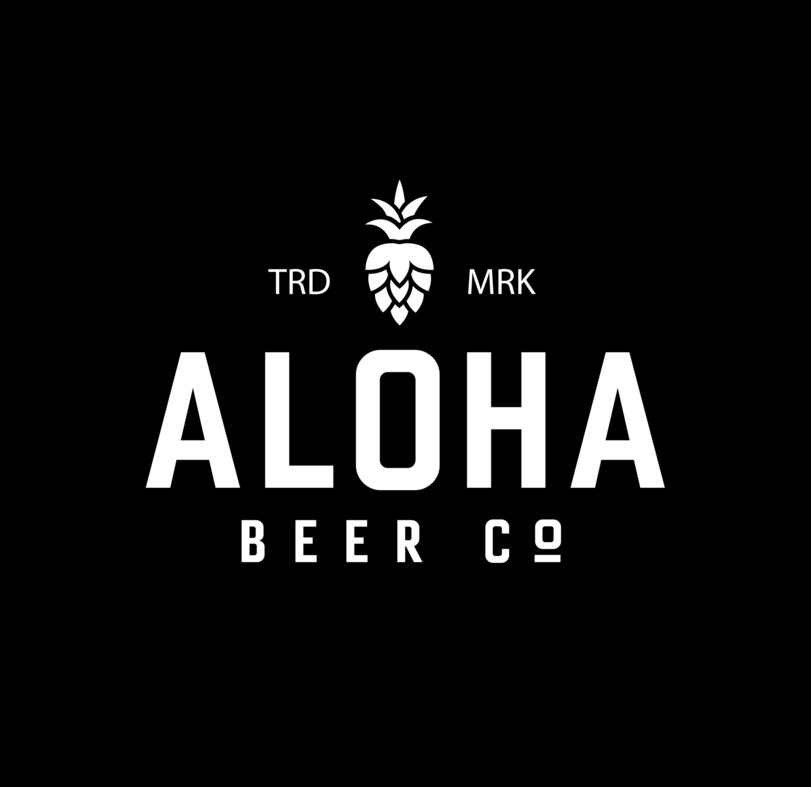Healthspan vs. Lifespan
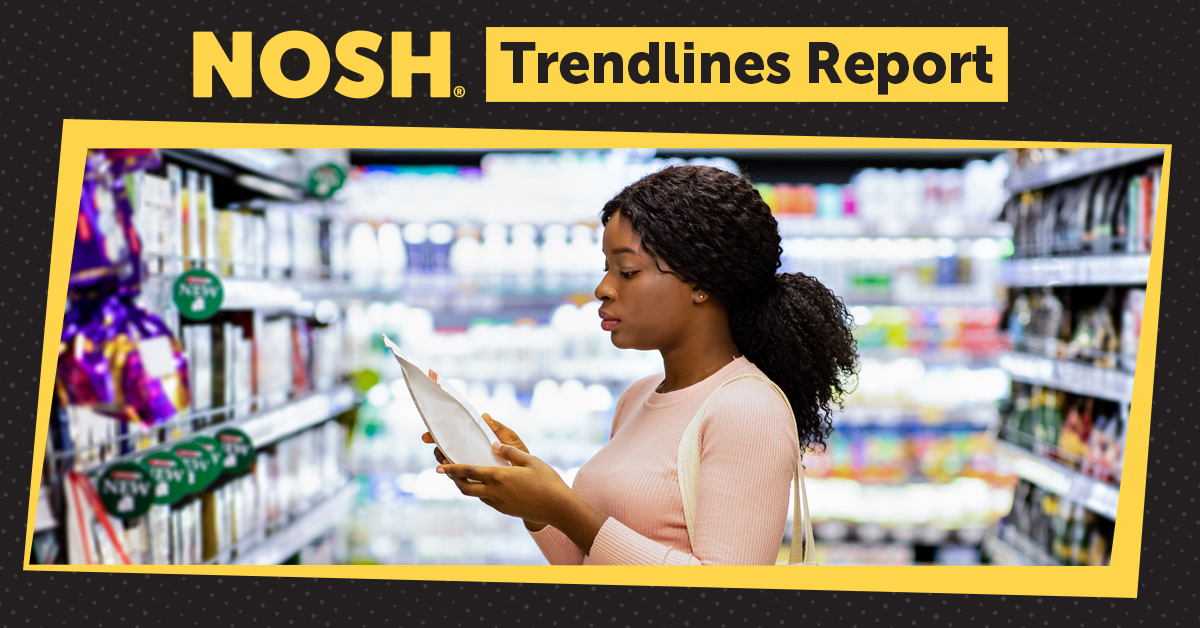
You operate in a dynamic world, increasingly transforming in step with consumer preferences and economic upheaval. We are here to help you navigate it. Presenting the Nosh Trendlines Report, a series of informative articles on the latest evolutions – or revolutions – changing operations, retail distribution, product formulation, marketing and more. If you’re sensing a major shift in your business, let us know – chances are, you aren’t the only one.
For the better part of a decade, there’s been an ongoing discussion in health and wellness circles about the limits of human longevity, with scientists and lifespan enthusiasts debating whether people will soon be able to live well past 100 years old – some estimates putting age 130 as a potential limit.
That’s decades short of the ambition of one of the best-known faces of the biohacking movement, Bulletproof Coffee founder Dave Asprey, who often declared his intent to live to 180. But recent trendlines suggest that today’s consumers aren’t as much interested in living long, as much as they are in living well. Or, as Scott Dicker, senior director of market insights at SPINS, put it – “Everyone’s trying to die young, just as late as possible.”
The emphasis today, Dicker says, is on “Healthspan” — the length of time a person is physically fit, mentally acute and generally able to live life to its fullest; i.e. it’s probably better to only live to 80 and be as healthy as possible up to the last minute than to reach 100, but you spend those last 20 years decrepit and immobile. If you can reach 100 and stay healthy to the end, then even better.
Healthspan, he noted, is SPINS’ number one “mega trend” for 2024 – and that belief in health and wellness is resonating throughout the CPG space in a number of ways.
“Nutrient density is number one, and number two is functional ingredients,” Dicker said, pointing to protein, adaptogens like herbs and mushrooms, and fiber and gut health all benefitting from this shift in thinking around health and wellness.
It’s hard to pinpoint the exact moment when this shift in thinking occurred. Last year’s Netflix docuseries Live to 100: Secrets of the Blue Zones was one inflection point, while podcasters and health influencers have been promoting Healthspan for longer. Sean Kelly, founding general partner of The Family Fund, agreed that the pandemic likely played a key role in leading many Americans to reassess their views on life, death and wellness.
The trend is also now benefitting brands who feel they were ahead of the curve in promoting this ethos. Cindy Kasindorf, co-founder of functional shake maker Remedy Organics, told Nosh that she has seen new consumers come into the brand already educated and invested in its message of better living through nutrition, with its multi-function shots and drinks providing that health kick in a single convenient package.
“There is a mind shift,” Kasindorf said. “‘How do I get everything? I want everything in a one-stop shop.’”
Still, protein remains the key building block across the board – Remedy has benefitted from adding more protein-heavy lines, and its popularity continues to grow.
Investor Kiva Dickinson, managing partner at Selva Ventures, said that the Healthspan concept is buoying protein products across food and beverage as young consumers (such as those in their 20s and 30s) look to build muscle mass in their youth in order to have a higher starting point for that day when their bodies inevitably start losing that mass. Some influencers, Dickinson said, are encouraging people to increase protein consumption by as much as 50%.
“The modern consumer expects to live into their 70s or 80s,” Dickinson said. “To now be told that their 70s and 80s can be much more fun and fulfilling and they can keep doing the things that they love to do is extremely motivating.”
Read more: Nosh Trendlines Report
Thanks for reading! Our five-part series is designed to help you navigate a dynamic operating environment. Click the links below to read more.
- Inside the Movement Against Seed Oil
- Co-Pack Or Self-Man? Emerging Food Brands Face Tough Choices
- The De-Evolution of the Alt-Meat Revolution
- Distribution Methods Move Beyond Broadline
Monica Watrous contributed to this report.


